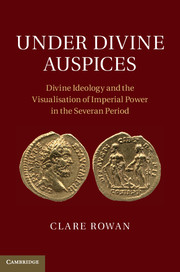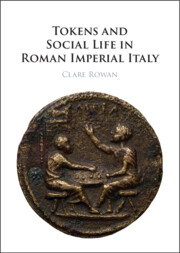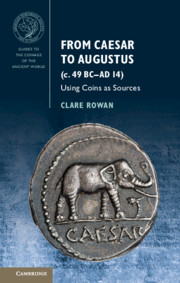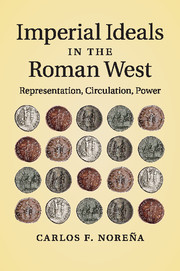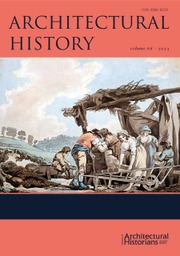Under Divine Auspices
This book explores how deities were used to communicate and negotiate imperial power under the Severan dynasty (AD 193–235). Septimius Severus connected his reign to the divine support of Liber Pater and Hercules, while Caracalla placed a particular emphasis on the gods Apollo, Aesculapius and Sarapis. Elagabalus' reign was characterised by the worship of the Emesene deity Elagabal, which resulted in a renewed emphasis on the cult of Jupiter under Severus Alexander. Numismatic evidence is reintegrated into the wider material culture of the Severan period in order to bring new insights into the use of the divine in this period, as well as the role played by the provinces in the formation and reception of this ideology. By taking a dynastic approach, this book demonstrates the dynamic nature of the imperial public image and the complex dialogue that existed between Rome and the wider Empire in this period.
- Demonstrates the potential use of numismatic material for the study of ancient history
- Examines an entire dynasty rather than a single emperor
- Provides an easily accessible account of a dynasty that has had relatively little scholarly attention
Reviews & endorsements
"Under Divine Auspices will prove valuable not only for those interested in Severan propaganda, but for students of Roman history in general."
Julie Langford, Bryn Mawr Classical Review
"One of the strengths of [this] book is the way that coinage is interpreted within the broader cultural and visual context. It is a fluent and convincing book with a plethora of hard facts and statistics, and it is hoped that similar detailed numismatic studies of other reigns will be forthcoming. Rowan's [volume] will be very useful to scholars of the Severan period, those engaging with imperial ideology and numismatics more generally."
Alexia Petsalis-Diomidis, The Journal of Roman Studies
Product details
February 2013Hardback
9781107020122
317 pages
254 × 180 × 20 mm
0.8kg
98 b/w illus.
Available
Table of Contents
- 1. Introduction
- 2. Contextualising a 'foreign' dynasty
- 3. Septimius Severus, Liber Pater and Hercules
- 4. Medical tourism and iconographic dialogues in the reign of Caracalla
- 5. Elagabalus, Summus Sacerdos Elagabali
- 6. Severus Alexander and the re-founding of Rome
- Conclusion: divine ideology in the Severan dynasty
- Appendix 1. Silver reverse types from Trajan to Severus Alexander
- Appendix 2. Reverse silver dies of the 'stone on quadriga' type of Elagabalus
- Appendix 3. List of hoards used.

